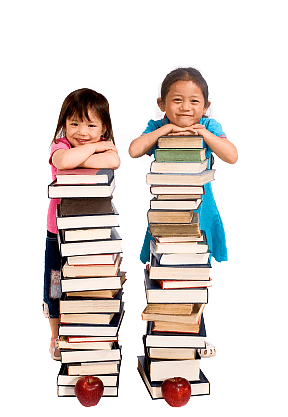Students progress from rising to capable readers who understand and examine complex text. Literacy continues to develop with the child.
When a student reads to understand, then the student needs an active process of thinking influenced by the student’s prior experience and knowledge.
Strategies to increase the development of literacy emphasizes improving reading capabilities as well as in increasing the high-order of thinking capabilities that help the students to examine, understand and communicate about thoughts.
A program of well-designed literacy offers students with various chances to use language-writing, reading, speaking and listening for diverse and genuine reasons.
Literacy strategies
- To activate the background knowledge.
- There has to be self questions to clarify and make your understanding in-depth.
- To separate details from the main ideas.
- To draw conclusion by using background knowledge with textual hints as well.
- Make connections between old and the new knowledge.
- Employ fixed strategies to repair if any confusion.
- Monitor the understanding of text.
- Using sensory images, to visualize and understand ideas.
Literacy implementation
 First is to create a language-rich and print-rich classroom. This can be done by immersing students of primary grades into a print-rich environment that strengthen their awareness of text. Designing centers of learning that encourage young children to participate in active exploration and then write and talk about their experiences in learning. Incorporate technology as a tool so that it enables students to write and tell stories.
First is to create a language-rich and print-rich classroom. This can be done by immersing students of primary grades into a print-rich environment that strengthen their awareness of text. Designing centers of learning that encourage young children to participate in active exploration and then write and talk about their experiences in learning. Incorporate technology as a tool so that it enables students to write and tell stories.
Second is to use various tools and latest technologies to help students as they expand literacy capabilities and move forward from dependence to independence over time. Tools like talking books and many other multimedia resources help the students to connect images and sounds with print.
Third is to encourage revision and reflection. Encouraging students to revise and re-read written work by offering them with particular feedback. Using technologies like word processing and many such technologies make the process of revision much easy. Technology makes possible peer review and enables the students to respond to work of each other and also connecting them to the audience.
Fourth is to increase the motivation of the student to write and read by linking learners with an audience apart from the classroom and outside the country as well. Students learning capabilities are enhanced by social learning.
Last is emphasizing vocabulary. Words are the building blocks of literacy. This can be done by using developed appropriate methods and various experiences to enable students in enhancing their knowledge of vocabulary.
Related Articles
Preschool Children Reach Higher Literacy Levels
Increase Parent Involvement in School and Improve Literacy and Language Development
New Times, New Literacies, New Methods
Basic Literacy Questions You Are Embarrassed To Ask
Online Readers Learn to Comprehend a New Language
Prepare for the Arrival of Digital Textbooks
Teach New Literacies of The Internet and Prepare Students for Their Future